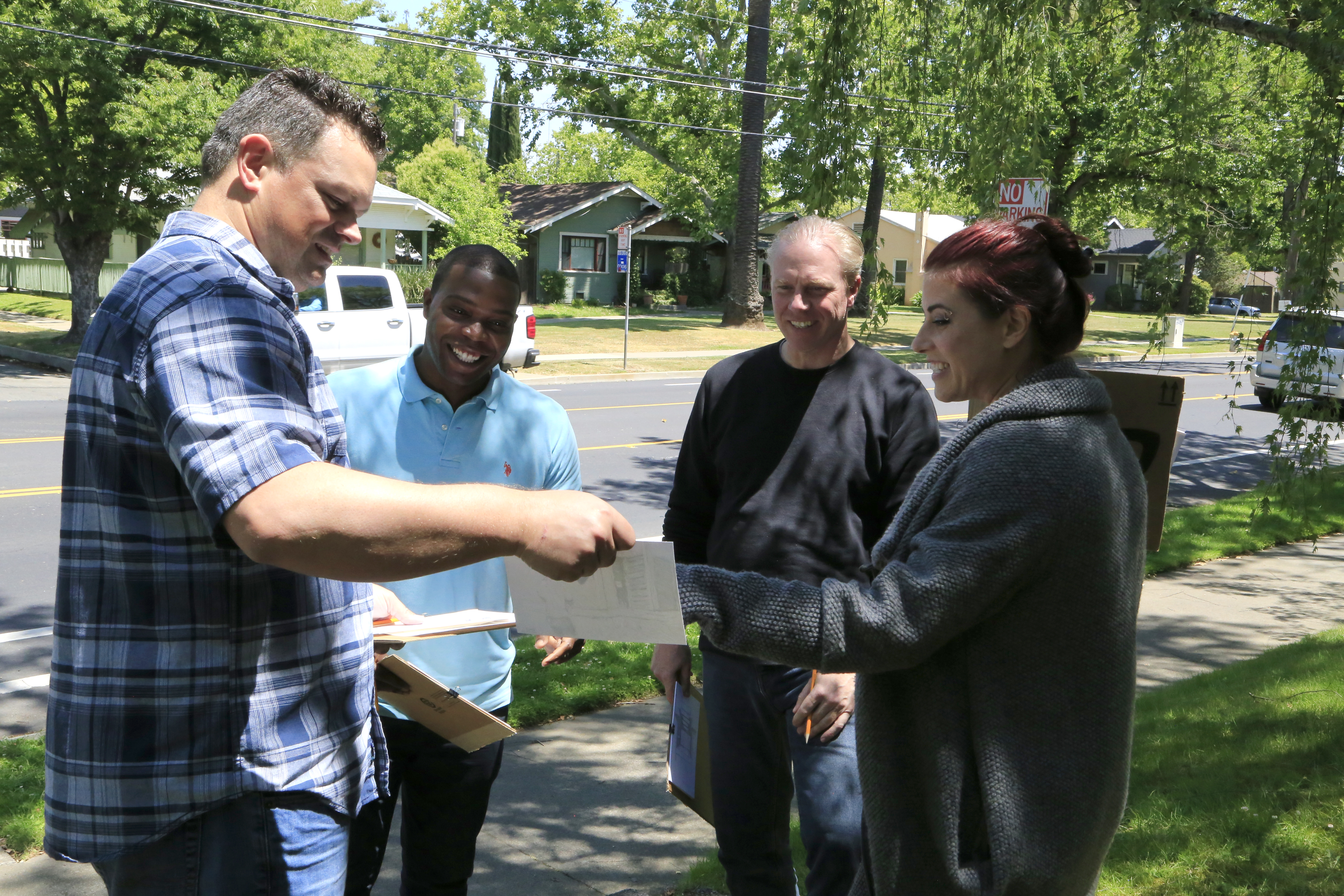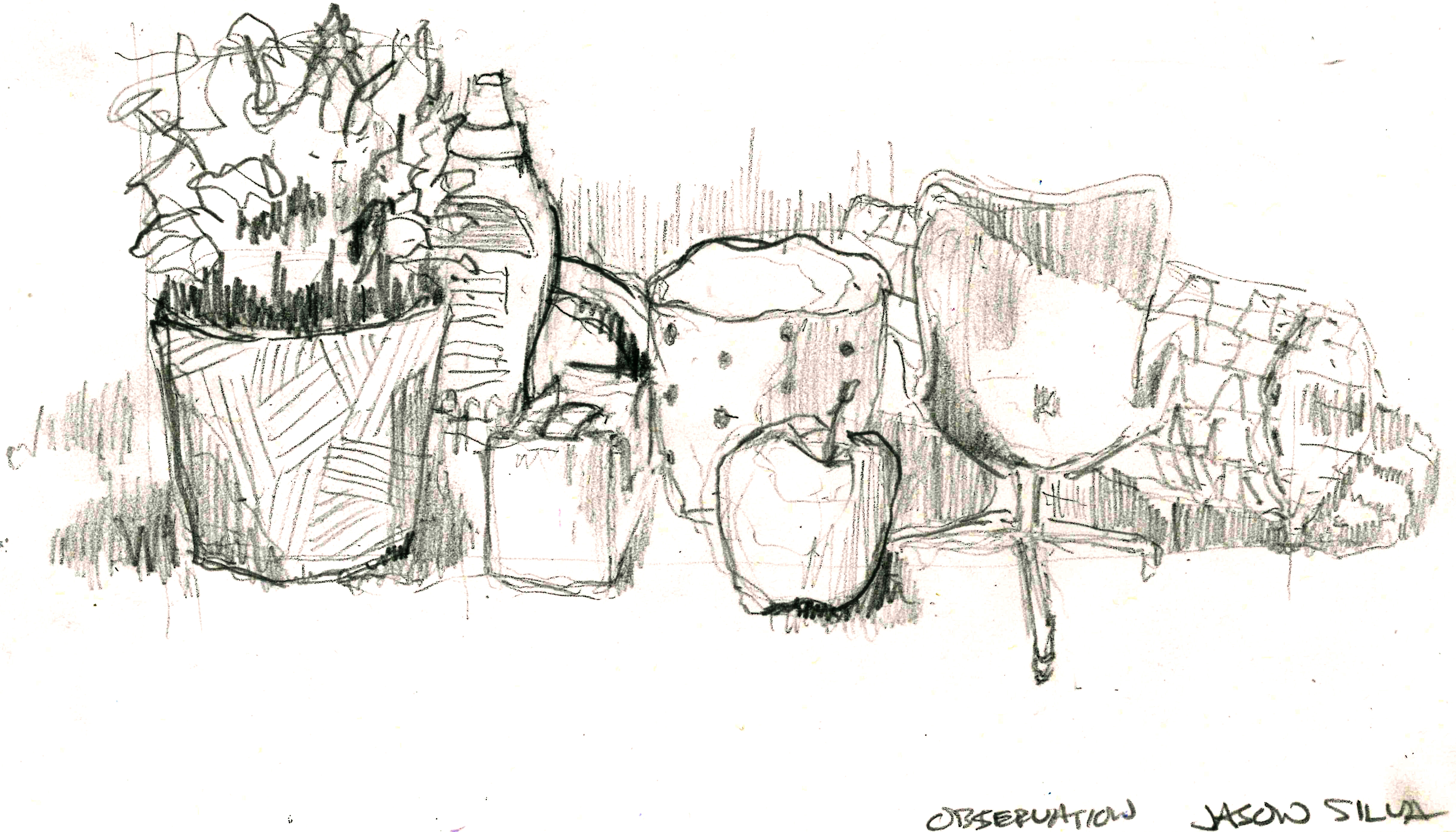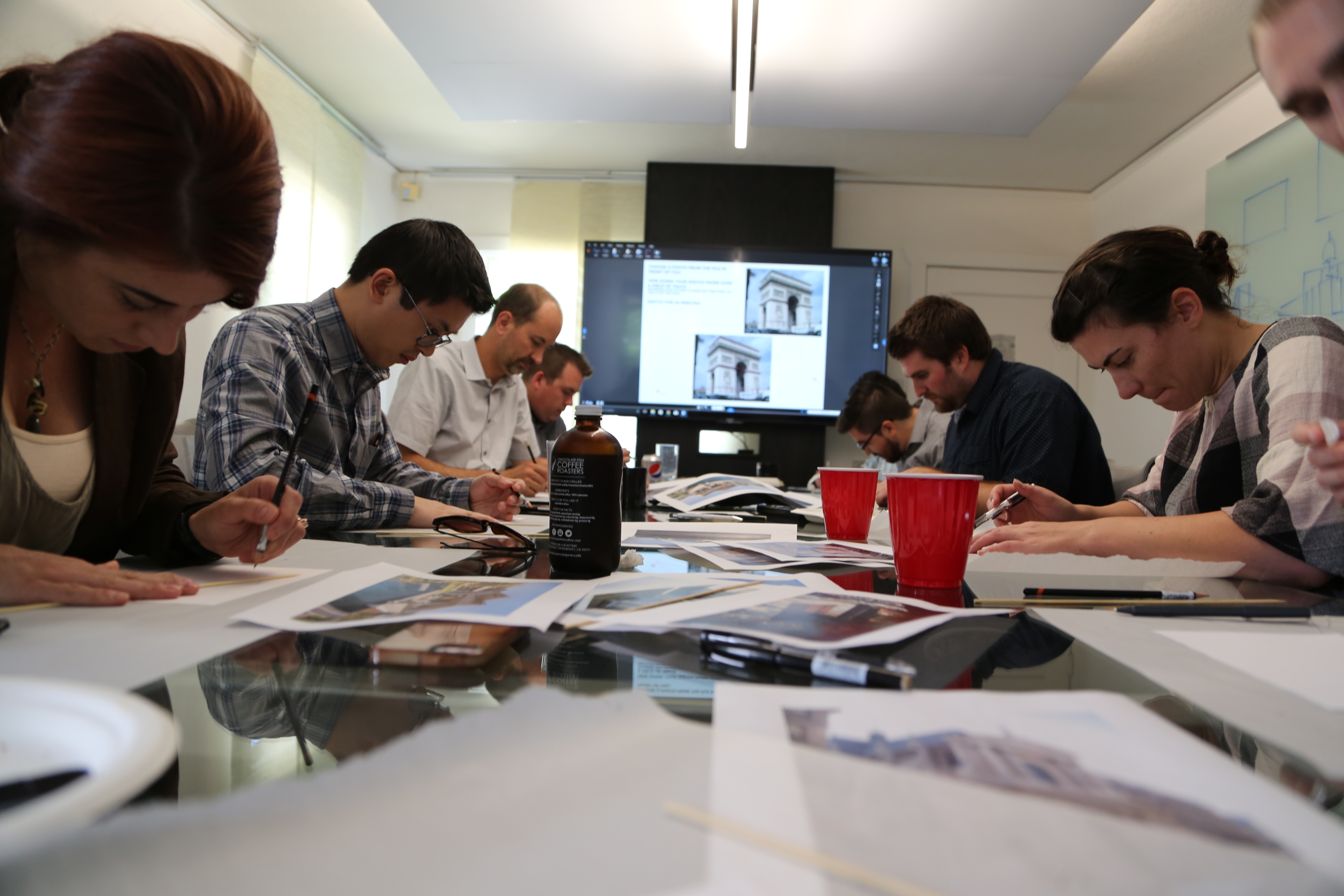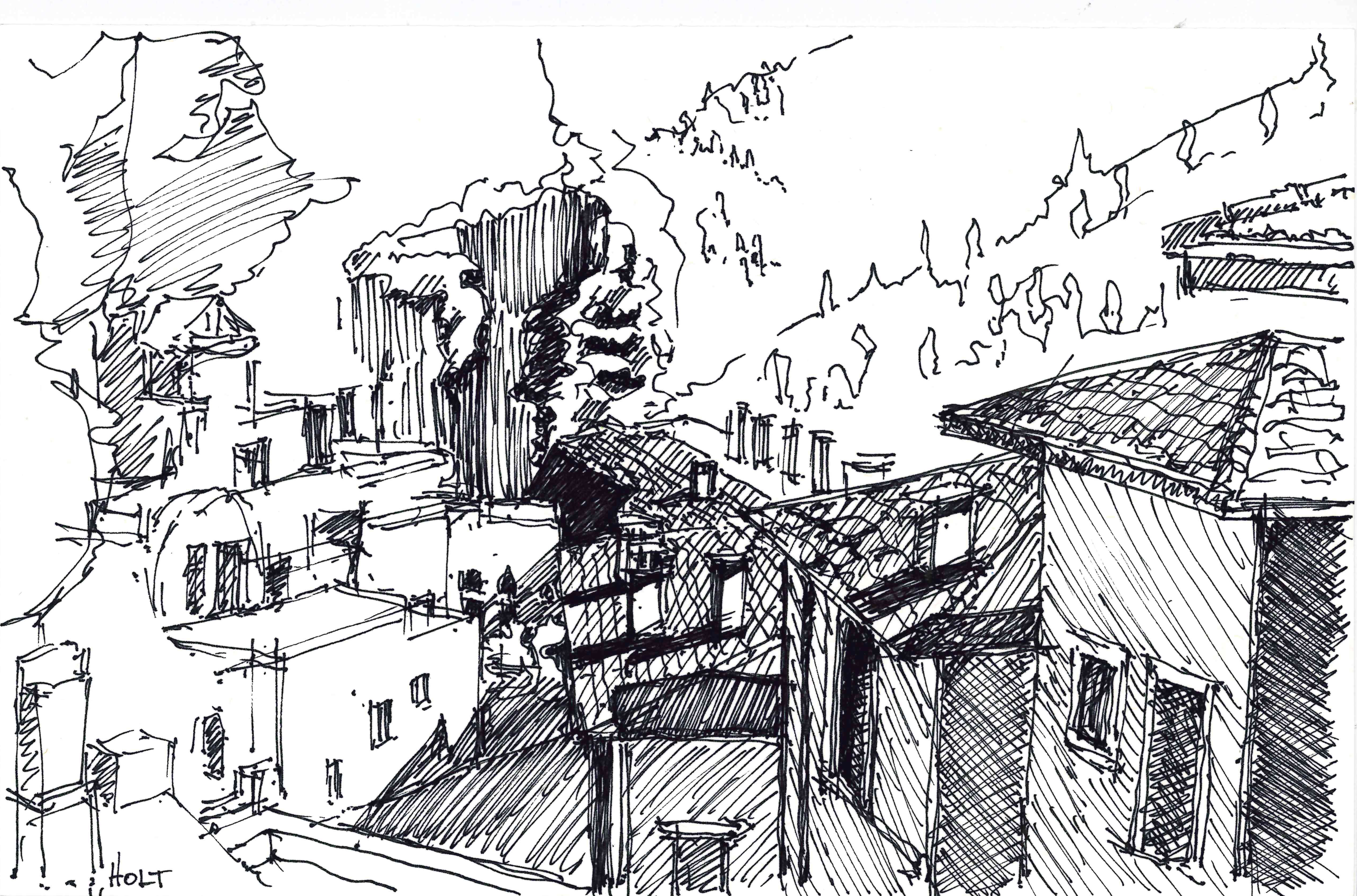The lost art of sketching / architectural model making Part 2
Chris Holt
May 21, 2018
You can’t do sketches enough. Sketch everything and keep your curiosity fresh.
— John Singer Sargent
The Unfinished Business of Sketching
Sketch remains the elementary method of communication for architects. Our expression of circulation, form and volume remains defined by line, shade and negative space. As a craft, sketching requires continuous practice, exploration and research. That’s where our workshops come in.
 One point perspective workshop.
One point perspective workshop.
Drawing Attention
Throughout 2017, we have hosted and participated in sketch workshops to develop the skills to observe, translate, and communicate our surroundings, feelings and ideas. Dreyfuss + Blackford Architecture is committed to continuous learning. Perpetually developing our sketch skills reinforces that commitment.
Through these group learning events, participants were exposed to a variety of techniques and sketch processes. Sketch falls in to two primary categories – Exploratory and Documentary. Documentary sketches include existing site and building conditions, design development and construction detailing. Exploratory Sketching includes form research, free expression and recording phemenological occurrence.
A Thumbnail
Documentary Sketches communicate very specific and detailed information to fellow architects, clients, consultants and contractors. These sketches go on to become the plans, elevations and details used to construct our built environment.
On the other hand, Exploratory Sketches represent a portal into the mind of the architect, designer or artist. Often, they aren’t meant for permanent display; they convey an idea and then fade away in to the myriad of information. Exploratory Sketches can come from observation, imagination or a blending of the two.
Both types of sketches require a basic understanding of visual communication techniques: the orthogonal sketch, isometric sketch, 1-point perspective, 2-point perspective, contour sketch and free form.
Kinda Sketchy
Our group met every other week. Most attendees participated in the whole series. We kicked off our sketch workshops with an introductory course, blind contour and timed sketches. We moved on to one- and two-point perspectives. As our skills advanced, we tackled more advanced theories surrounding point association and focal point sketching. Finally, we tested all our skills with an exercise which studied the difference between observation and reference sketching.
State of the Art
Our initial workshop series may be over, but that’s just round one. Through monthly sketchwalks, additional workshops and sketch challenges, we will always continue to hone our craft. Getting new perspectives, capturing environmental effects and recording reality is second nature. Join us for round two?
If you’d like to participate in D+B’s sketch sessions, please contact Chris Holt at cholt@db-arch.com




